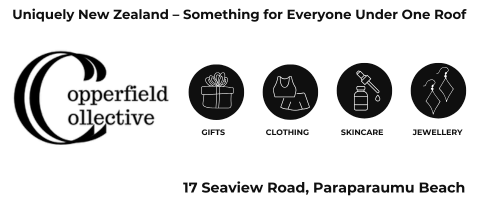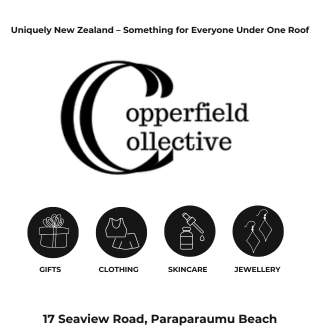Perspectives on what makes a good funder
From the Blog of Kate Frykberg
Here are four different perspectives on the characteristics of a good funder:
The criteria for “Philanthropy at its best” proposed by the US-based National Committee for Responsive Philanthropy are particularly useful in my opinion; see the one page version or the full paper. They propose a manageable number of holistic but measurable criteria, eg “Invests at least 25 percent of its assets in ways that support its mission.” Because of their strong social justice focus, this approach might be a little less relevant for funders of causes like the environment and the arts, but still well worth consideration.
Also based in the US, the Centre for Strategic Philanthropy proposes a disciplined and strategic approach as key criteria for an effective foundation. Lots of good stuff here, although it is perhaps a somewhat funder-centric view of the world, with the needs and perspectives of funded organisations and communities served not overly emphasised.
No-one could argue that the wise and funny US-based blogger Vu Le understates the needs of communities and funded organisations, and his Checklist for Assessing how Aggravating your Funding Process is should be required reading for all funders. Most of us funders will both laugh and squirm
Finally, and a little closer to home for those of us in Aotearoa New Zealand, is the Health Check for your Grantmaking Program from the Australian Institute of Grants Management. The focus here is squarely on improving funding processes, and lots of useful tips and considerations are included.
Curiously, the only obvious common threads between these four perspectives is ensuring that funding processes are effective, fair and reasonable. Which is clearly important, but surely there is more to being a good funder than good processes?
The bottom line seems to be that there is little consensus about what makes a good funder.
On top of this, the funding sector lacks robust feedback mechanisms. Funders can’t easily go broke so there’s no market forces to clean out non-performers. And, because of the inherent power dynamics, few people tell funders what they really think. This lack of consensus on what “good” looks like, combined with limited feedback, sometimes results in a blissful unawareness of bad practice, and sometimes encourages funders to cling single-mindedly to the latest buzzword model.
I would love to see funders and funded organisations get together to define an agreed set of principles for what good funding looks like in Aotearoa NZ. This would enable funders to assess ourselves against a shared understanding of what “good funding” looks like, and then to choose our own style or model based on these criteria and what best serves our needs and the needs of our communities.
If anyone has feedback on this idea and/or links to other useful resources on what makes a good funder, please share your thoughts below.
For more articles see: www.katefrykberg.co.nz


































